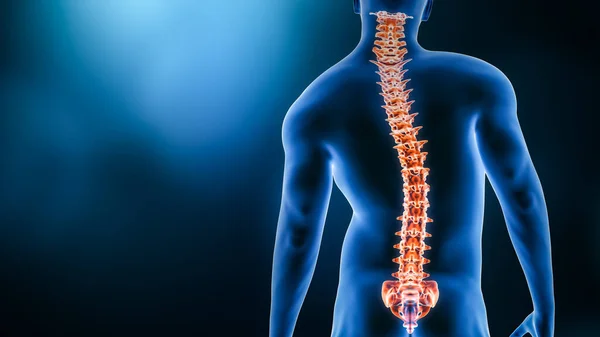Scoliosis

Scoliosis is a three-dimensional deformity that causes a sideways curvature of the spine, often appearing in an 'S' or 'C' shape. While it can affect people of all ages, it is most commonly identified during the growth spurt just before puberty. The vast majority of cases are mild and may only require monitoring. However, some curves can progress as a child grows, potentially leading to significant spinal deformity and other health issues. Early detection and proper management are key to preventing progression and ensuring excellent long-term health and function.
The most common form of scoliosis is Idiopathic (unknown cause), while rarer types include Congenital (from birth defects) and Neuromuscular (from conditions like cerebral palsy). A physical screening, like the Adams forward bend test, helps identify the curve, which is then confirmed and measured with an X-ray using the Cobb angle to determine the best course of treatment. This can range from simple observation for mild curves to wearing a brace for moderate curves in growing adolescents. For severe or progressive curves, surgical correction may be recommended to prevent long-term issues.
Treatment is highly individualized based on the curve's severity and the patient's remaining growth. For mild curves (less than 25 degrees), the standard approach is **observation** with regular check-ups to monitor for changes. For moderate curves (25-45 degrees) in a growing child, a **brace** is used with the goal of preventing the curve from worsening. **Surgical correction** is reserved for severe curves (greater than 45-50 degrees), typically involving a **spinal fusion** that uses rods, screws, and bone grafts to realign and permanently stabilize the spine.

The primary goal of scoliosis management is to halt the progression of the curve and prevent severe deformity, thereby ensuring a balanced spine and a healthy future. With today's advanced diagnostic and treatment options, from sophisticated bracing to modern surgical techniques, the prognosis for individuals with scoliosis is overwhelmingly positive. Most people diagnosed with scoliosis go on to live full, active, and healthy lives with no physical limitations.